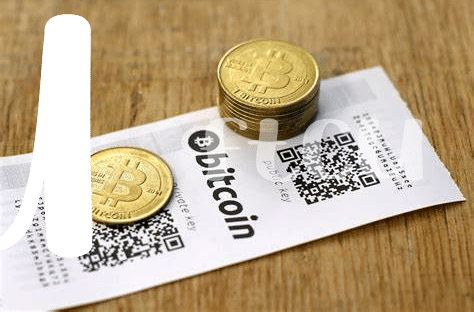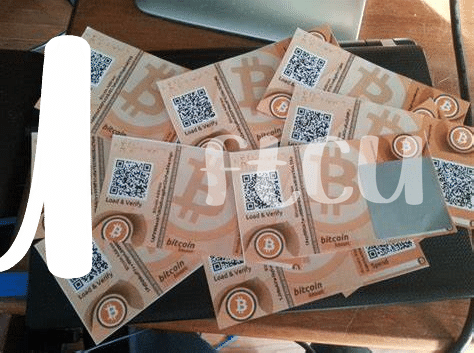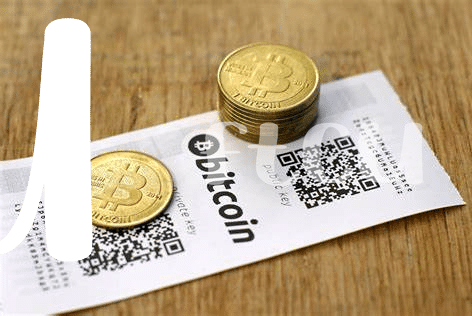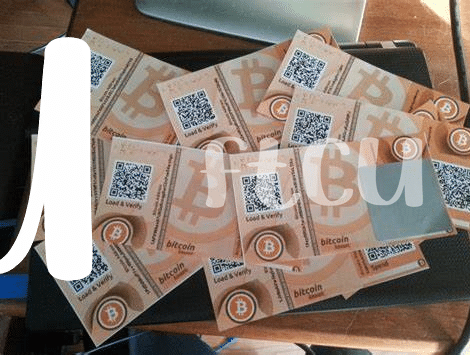🗝️ What’s a Paper Wallet? Simple Basics

Imagine you’ve got a secret note that lets you access a treasure chest, but instead of gold or jewels, it’s your digital money like Bitcoin or Ethereum. That’s pretty much what a paper wallet is – a piece of paper where your secret digital money keys are printed. These keys are like the most important secret codes you’ve ever had because they let you send or receive digital coins. It’s like having your own magical, invisible bank right in your pocket, except it’s super low-tech. No need for fancy software or gadgets, just paper and your secret codes. It sounds simple, and it is, but it’s also genius because it keeps your digital treasure away from hackers. Just think, something as everyday as a piece of paper could guard your digital riches!
| Pros | Cons |
|---|---|
| 🔒 Super secure against online attacks | 🔥 Risk of physical damage or loss |
| 🙅♂️ No digital trace, hacking is nearly impossible | 🧐 Requires careful handling and storage |
| ✂️ Can be generated offline, increasing security | ⏳ Not as convenient for quick transactions |
🔍 Deep Dive into Bitcoin Paper Wallet Security
When you think of a Bitcoin Paper Wallet, imagine it as a super-secret note that contains all the details required to access your Bitcoin. This piece of paper holds a public address for receiving Bitcoin and a private key which allows you to spend or transfer Bitcoin stored in that address. Because these wallets are not connected to the internet, they are considered quite safe from hackers. The risk, however, shifts to physical threats: loss, theft, or damage of the paper can mean losing access to your Bitcoin forever. It’s like keeping a treasure map where X marks the spot; if the map is destroyed, the treasure is unreachable.
Securing a Bitcoin Paper Wallet involves treating it like precious jewelry. Just as you wouldn’t leave your diamond ring lying around, it’s important to keep your paper wallet in a safe spot. Some go as far as to laminate their paper wallets to protect against water damage or to store them in a safety deposit box at a bank. This level of security highlights its robustness against online threats but underscores the need for meticulous physical security. For additional insights on the comparative security features of Bitcoin and Ethereum, including governance and decentralization aspects, check out this detailed analysis: https://wikicrypto.news/ethereums-stability-amidst-bitcoins-fragmentation-a-detailed-analysis.
🛡️ Unpacking Ethereum Paper Wallet Security Features

Ethereum paper wallets are like secret vaults made of paper, where you can safely store your digital coins away from hackers. Imagine a piece of paper holding the key to a digital safe, where your Ethereum lives. This key is your private key, and just like a secret code, it should only be known by you. Unlike a Bitcoin paper wallet, which operates on its own blockchain system, Ethereum’s blockchain is like a big, busy city with lots of activities and smart contracts that can execute automatically. This bustling environment means that the security for Ethereum paper wallets needs to be tight to protect against not just theft, but also any faulty contracts that can act like traps. So, the strength of an Ethereum paper wallet lies not only in keeping this piece of paper safe – free from fire, water, and prying eyes – but also in understanding the complex world it gives you access to. With great power comes the need for great responsibility, especially in keeping up with updates and potential vulnerabilities in the Ethereum space. 🌟🔐💡
🤔 Comparing: Is One Really Safer Than the Other?

When we put the security of Bitcoin paper wallets side by side with Ethereum paper wallets, it’s like comparing apples and oranges 🍏🍊. Both serve the same primary purpose – keeping your digital cash safe – but they do so in their own unique ways. Bitcoin paper wallets have been around longer, giving them a sort of “tried and true” aura. They’re all about keeping things simple and straightforward. On the other hand, Ethereum’s paper wallets, thanks to the platform’s younger and more flexible nature, offer a bit more in terms of security features and customization options. This doesn’t mean one is inherently safer than the other; it’s more about which security measures you value more and what kind of digital assets you’re protecting.
However, the conversation about security doesn’t end there. Misunderstandings and myths about both Bitcoin and Ethereum could lead you astray. That’s why it’s crucial to dig deeper into the real facts behind each. For those keen on exploring the nuances and busting some myths, checking out debunking common bitcoin myths and misconceptions versus ethereum could provide more clarity. It boils down to personal preference and need – like choosing between a vault and a safe; each offers protection, but the choice depends on what you’re keeping inside. Meanwhile, as both types of wallets evolve, staying informed will help you make the best decision for your digital treasure chest.
🌱 Growth and Changes: Future of Paper Wallets
As we look down the digital road, paper wallets, those simple pieces of paper holding the keys to our digital treasures, might seem a bit quaint. Yet, they are evolving, finding their niche in the vast landscape of cryptocurrency security. Innovations and enhancements are on the horizon, promising to make these wallets more user-friendly and even more secure. Imagine paper wallets integrating cutting-edge technology like tamper-evident seals or incorporating materials that are water and fire-resistant, making the simple act of holding a piece of paper feel like clutching a futuristic asset.
| Year | Innovation |
|---|---|
| 2023 | Introduction of biodegradable materials |
| 2025 | Implementation of holographic security features |
| 2027 | Integration with blockchain for real-time validation |
Additionally, as we march into the future, the concept of paper wallets is expected to blend with the virtual, creating hybrid solutions. These might involve QR codes that link directly to a digital vault or advanced encryption methods that ensure your paper wallet remains a fortress, impervious to digital marauders. The journey of the humble paper wallet is far from over; it’s simply adapting, ready to face the challenges of tomorrow’s digital landscape with resilience and innovation.
🚀 Tips for Keeping Your Paper Wallet Safe

Keeping your treasure guarded in the world of cryptocurrencies means being smart and staying ahead. Imagine your paper wallet as a secret map where X marks the spot of your precious digital gold. The first step to protecting this map is simple: keep it off the grid. Unlike online wallets, your paper wallet can’t be hacked if it’s not online, but that doesn’t mean it’s safe from physical dangers. To shield it from prying eyes and unexpected accidents, consider storing it in a safe or a security deposit box. Think of it as hiding your map in a chest, deep in the vault of a castle.
Now, let’s sprinkle a bit more magic on our security spell. Backing up your wallet is like having a copy of your secret map. In the tragic event that the original gets lost or damaged, your backup is your gateway to recover your treasure. Also, for those lurking around corners, trying to peek at your wealth, adding a layer of encryption transforms your simple map into an unreadable riddle. Only those with the key, namely you, can decipher the treasure’s location. For a deeper dive into how these security measures stack up against the swirling tides of the market, take a look at bitcoin’s influence on popular culture and media versus ethereum. It’s a world of difference, much like comparing the seas to the skies, and understanding these nuances might just be the compass you need in navigating the vast, shimmering ocean of cryptocurrencies.
